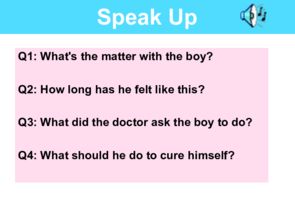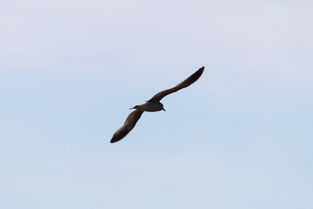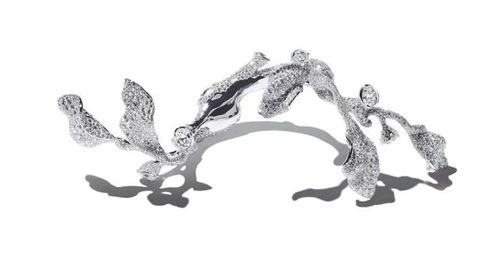When it comes to fishing, the right combination of skills and bait can make all the difference between a successful day on the water and a frustrating one. Whether you're a seasoned angler or a beginner, understanding how to handle your bait is crucial. In this article, we'll delve into some essential fishing techniques and provide insights on what to do with your bait to increase your chances of catching more fish.
Choosing the Right Bait
The first step in mastering fishing techniques is selecting the right bait. The type of bait you choose depends on the species of fish you're targeting and the conditions of the water you're fishing in. Here are some general guidelines:
Live Bait vs. Artificial Lures: Live bait, such as worms, minnows, or crickets, can be highly effective, especially for larger fish. However, artificial lures can be more versatile and are often used in a wider range of fishing scenarios. Consider the following:

- Live Bait: It's important to keep live bait fresh. Use a bait holder or a small bucket of water to keep your bait alive. Change the water regularly to maintain its freshness.
- Artificial Lures: Choose lures that mimic the natural prey of the fish you're targeting. For example, if you're fishing for bass, consider using a lure that resembles a small fish or crayfish.
Natural Bait vs. Commercial Bait: Natural bait, such as nightcrawlers or leeches, can be found in the wild and can be a great option. However, commercial bait, like corn or dough, is convenient and can be effective in certain situations. Consider the following:
- Natural Bait: When using natural bait, make sure it's clean and free from any contaminants. It's also important to know the regulations regarding the use of live bait in your fishing area.
- Commercial Bait: Follow the instructions on the packaging for the best results. Some baits require soaking or mixing with other ingredients to improve their effectiveness.
Presenting Your Bait
Once you've chosen the right bait, the next step is to present it effectively to the fish. Here are some tips:
- Tug and Twitch: When using artificial lures, a slight tug or twitch can make your bait more lifelike and attract the attention of fish.
- Patience: Sometimes, the best approach is to simply let your bait sit still. Fish may take a while to notice or approach your bait, so be patient.
- Adjust Your Presentation: If you're not getting bites, try changing your approach. This could mean varying the speed of your retrieve, changing the depth at which you're fishing, or even switching to a different type of bait.
Handling Your Bait
Properly handling your bait is essential to ensure its effectiveness and longevity. Here are some tips:
- Keep Bait Fresh: Whether you're using live or artificial bait, it's important to keep it fresh. For live bait, change the water regularly and avoid overcrowding your bait holder. For artificial bait, store it in a cool, dry place to prevent it from drying out or becoming brittle.
- Avoid Overhandling: When using live bait, try to minimize the amount of time it spends out of the water. Overhandling can cause the bait to become stressed or die, reducing its effectiveness.
- Clean Your Bait: If you're using natural bait, make sure it's clean before attaching it to your hook. This can help prevent the spread of diseases and improve the bait's appeal to fish.
Conclusion
Mastering fishing techniques, especially when it comes to handling your bait, can significantly improve your chances of catching fish. By choosing the right bait, presenting it effectively, and handling it properly, you'll be well on your way to becoming a more successful angler. Remember, the key to successful fishing is patience, practice, and a willingness to learn and adapt. Happy fishing!












